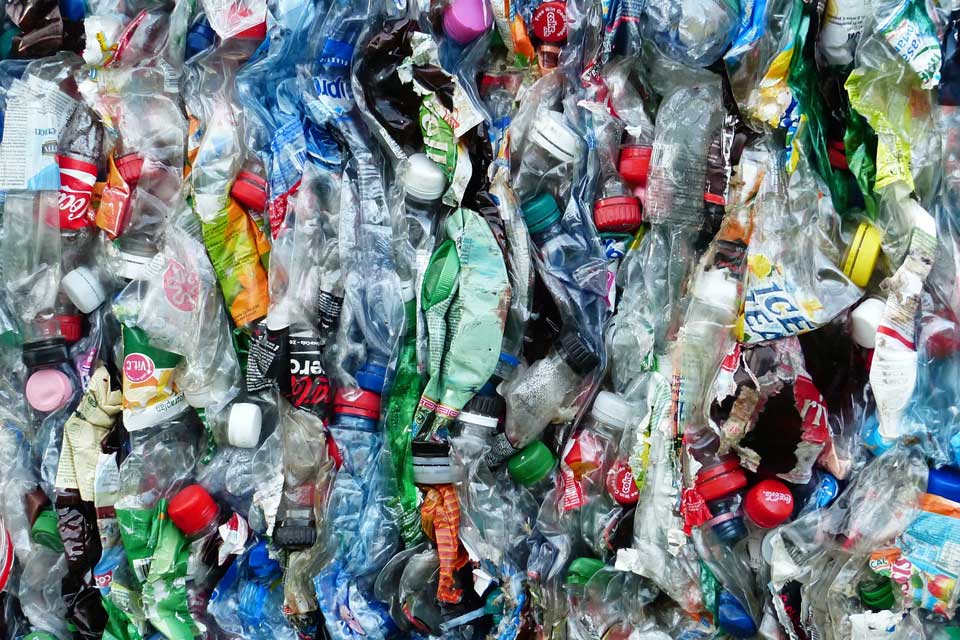When it comes to managing waste, there are specific complexities in the property management sector. With many stakeholders; from tenants to managing agents, building managers and landlords, the property management sector requires a unique approach to engage all key parties. Each stakeholder will have their own priorities and targets to meet.
Although there may be different internal goals for each tenant, it is critical that people are on board with the building objectives to ensure a plan can be put in place that works for everyone.
Despite these potential challenges, there are best practice steps, which can be implemented to ensure all stakeholders meet their targets and, more importantly, feel and see the value of an ironclad waste management solution.
Jo Gibbs, Corporate Sector Director at SWRnewstar, outlines the five key areas of best practices for property management…
Understanding the building and the resources generated
Particularly in city centre locations there are a number of properties with a mixture of tenants, typically including; office, retail, residential, restaurants and coffee shops. The types of wastebeing produced at these sites can vary significantly from high volume food waste to office shredding.
When designing solutions for property management, it is important to treat each building individually and understand exactly what waste is being produced at that location. Identifying the volume and type of waste the tenants are generating is the first step to ensure the correct services are in place to manage these waste streams most effectively and minimise costs.
Space is at a premium in many city centre buildings and prime retail locations. Ensuring the containers and waste areas are best utilised is not only best practice it’s a commercial necessity.
Also, there is often a careful balance to strike to ensure the appropriate containers are available in the right places whilst minimising waste collection vehicle movements. Avoiding unnecessary vehicle movements is a key element in optimising the building’s overall carbon footprint and your waste management partner will be able to advise on the best solution.
Optimise the route of materials through the building
Sometimes when assessing an office floor, at first view it looks like they’re recycling 60-70 per cent of their waste; however, data can reveal that it is actually close to 30-40 per cent. Somewhere between the disposal point and collection by the driver, something goes wrong. This is often because of a lack of consistency about what goes where, and what is actually recyclable.
A super effective solution is to implement a colour coded scheme across the building to ensure consistency for the cleaning teams, tenants and building managers, so everyone understands which containers are for which waste streams. Using consistent colour coding across the floors and in the waste areas reduces any room for error.
Maximising segregation at source is the key to achieving sustainably high recycling rates. The challenge here is that recycling is not as black and white as many people think it is. For example, just because something is made of plastic, it isn’t automatically recyclable. A clear and simple system to label containers and communicate which bin items should go into is essential.
Engaging stakeholders
Consultations on each floor are an excellent way to engage with tenants, particularly when the messages are made specific and relevant for them. Actively looking inside peoples’ bins to ‘lift the lid’ and identify their most common waste streams is a very good place to start. For example, if a floor has high volumes of sandwich packaging from team lunches the educational process can be targeted to these particular items. The individual card and plastic components may be recyclable but when combined, they’re complex to reprocess. Also, food remnants can cause contamination.
As well as increasing recycling rates there are commercial benefits. Service charges are typically applied on square footage, resulting in tenants contributing the same to waste services regardless of the type or volume of waste actually being produced. This set up can lead to frustrations if not managed correctly. Food waste collections are a good place to start to address this situation. The building management team, supported by their waste management partner, can focus on engagement with food retailers to maximise segregation. Food is particularly heavy and when added into general waste collections it often results in overweight bins which push up the overall costs.
Data Driven Insights
Reporting and KPI tracking allows individual buildings to monitor progress and provides sustainability teams with headline results for the portfolio. The BBP best practice guidelines have set the standard for waste management reporting in the sector. Also, the quality of information available is improving as technological capabilities in the waste industry develop.
Data on its own is only numbers, it is the understanding about what the numbers mean which is really valuable. A good waste management partner will focus on providing insight to support the regular reports along with an action plan to implement changes. For example, identifying that dry mixed recycling collections are being rejected due to contamination should trigger a review of the building processes and engagement with all stakeholders.
On-Site Management
If recycling rates stagnate before reaching agreed targeted levels on-site management can generate powerful results.
Introducing a dedicated person to take responsibility for increasing segregation of resources, even for a few hours a week, is a significant step but the commitment is proven to deliver commercial and sustainability benefits.
On-site resource management is most effective with full support from the building managers. If materials arriving at the recycling area are too heavily contaminated on-site management can’t add much value. The process needs to start on each floor to ensure that all materials go into the right containers and help reduce contamination, particularly from food and liquids.
Fast feedback is one of the less obvious benefits of on-site resource management. If repeated contaminations are coming from certain areas of the building they can be highlighted to the tenants. Clear communication about what is going wrong combined with a solution which is monitored is proven to increase recycling rates.
Whilst Property Management presents particular challenges in balancing the requirements of all stakeholders following best practice steps helps embed behaviour change and achieve sustainable, long term results.









